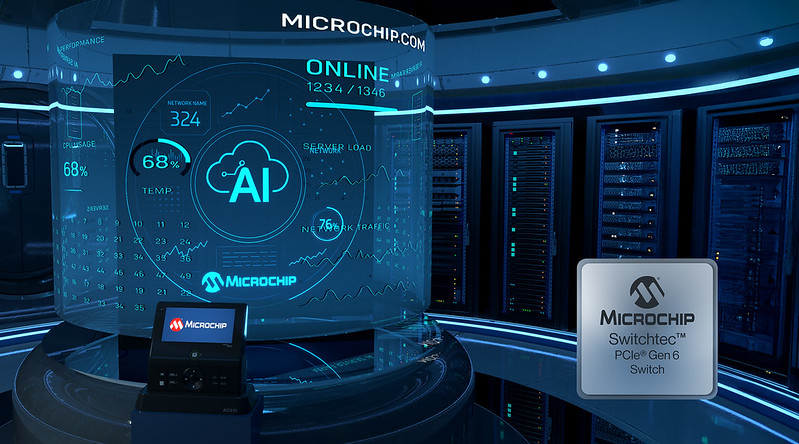Early this year we took a look at MEMS standards (or the need therefor), and one of the active efforts involved unifying sensor parameters and data sheets so that users could compare and combine different sensors from different companies – a challenging task at present.
Well, that effort has now yielded some results. The “Sensor Performance Parameter Definitions” document has been released under the auspices of the MEMS Industry Group (MIG). The effort itself was led by Intel and Qualcomm, with input from a number of different sensor players.
While many such standards documents start with a limited scope and just can’t stop, a quick look at the table of contents suggests that hasn’t happened here. The bulk of the document is simply a set of definitions for parameters for different sensors. It is augmented by helpful lists of terms and acronyms, symbols and equations, and measurement conversions.
The sensors covered by the document are:
- Accelerometers
- Magnetometers
- Gyroscopes
- Pressure Sensors
- Humidity Sensors
- Temperature Sensors
- Ambient Light Sensors
- Proximity Sensors
This seems to cover all of the Windows HID-required sensors (since inclinometers and orientation sensors are typically fused versions of the above) except for GPS.
Each sensor type has its own parameters. For example, the following parameters are defined for accelerometers:
- Full Scale Range
- Digital Bit Depth
- Zero-g Offset
- Zero-g Offset Temperature Coefficient
- Sensitivity
- Sensitivity Temperature Coefficient
- Noise
- Current Consumption
- Output Data Rate (ODR)
- Filter -3dB Cutoff
- Internal Oscillator Tolerance
- Cross-Axis Sensitivity
- Integral Non-Linearity
- Transition Time
- Data Ready Delay
For each parameter, the following information is provided:
- Any aliases or other names for the parameter
- A definition
- Conditions under which the parameter is specified (typically more than one)
- Distribution (e.g., minimum/typical/maximum)
Various timing diagrams and other graphs are used to illustrate the parameters.
And that’s pretty much all there is to it. A modest 60 pages (with lots of whitespace, easy to read). As promised, no more, no less.
You can find more on the announcement in their release; the document is available for download on the MIG website (you’ll need to provide your info).




